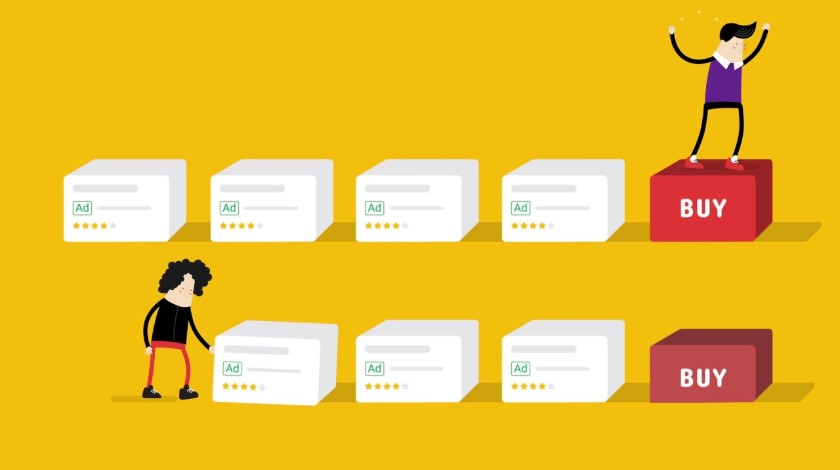The future has arrived.
This is probably one of the most influential updates that Google is planning to phase in the coming months. Data-driven attribution (DDA) will be the new default for advertisers. This is a big win for advertisers across the board and shows that Moore’s Law is indeed real; Technology not only gets more advanced, cheaper but also more accessible to more users as time passes.
DDA will shake up the advertising landscape, no doubt. We say this because, since the dawn of Google Ads attribution, conversions are always set on a last-click basis, by default.
When new people create campaigns on Google, this is undoubtedly the number 1 mistake they commit, by going with the default of last-click attribution. It is not only inaccurate but also stifles any real progress on the campaigns.
Google’s official news to release DDA
“In a move away from last-click, data-driven attribution [DDA] will soon be the default attribution model for all new Google Ads conversion actions,” tweeted Ads Liaison Ginny Marvin on Monday morning.
Since then, Google has released an official post on their blogs on 27th September 2021.
“As the industry continues to evolve, last-click attribution will increasingly fall short of advertisers’ needs. The most successful marketers will switch to a data-driven approach.”
“To help all advertisers take advantage of better attribution and improve their performance, we’re removing the data requirements and adding support for additional types of conversions. With these improvements, we’re also making data-driven attribution the default attribution model for all new conversion actions in Google Ads.”
For advertisers who understood the implications of conversion attribution and the battle around it for the last few years, will know this is a big deal – a massive one.
The history of DDA
Up until this update, DDA has always been locked behind “data requirements.” As quoted from Google docs, “Data-driven attribution requires a certain amount of data to create a precise model for how your conversions should be attributed.” And the requirement is 3000 ad interactions and 300 conversions in the past 30 days. And this requirement was for every unique conversion event. So if an account has 3 unique events that need to be tracked as conversions, each of them will need to individually accrue 300 conversions per month, bringing it to a total of 900 per month. Every month.
Most businesses do not collect 900 form sign-ups, phone calls, or sales per month.
This feature is essentially locked away and reserved for advertisers who spend at least 5-figures monthly on Google Ads, and large advertisers.
For advertisers who do not meet the requirements, we use other multi-touchpoint attribution models such as Position-based, Time decay, Linear, etc. Though imperfect, it’s the best outside of the last-click model.
Now DDA is open to all; even those businesses who are getting, say 30 conversions a month can benefit from DDA. The biggest winners are the small to mid-sized companies, which probably make up the main portion of Google Ads’ customer base.
This post will not explain what attribution is, the different attribution models, and what each of them implies. To understand more, you can refer to Google Ads help pages.
Attribution impact moving forward
We expect this update to dramatically change the advertising attribution landscape in 2022. Advertisers are now incentivized to have their campaigns reach across all advertising platforms, and not just one. Currently, DDA supports conversions on Search, Shopping, Display, and YouTube Ads.
As the current attribution models are likely to become obsolete, we are not sure what value they hold. However, advertisers may use it to understand the uniques touchpoints of customers; for example, First-click attribution will help us understand the first point of contact customers have with our business.
With DDA, you can now accurately attribute a value to a user watching a YouTube campaign ad, which then sees your product in his Gmail, and finally doing a Google search and converting – say, next week. In short, every point of the conversion path that your user takes can now be attributed an accurate value based on data.
These higher funnel campaigns will probably be more widely accepted, even by most conservative advertisers – their impact on the bottom line. Businesses will start looking beyond just appealing to search as the only goal, but also leverage with rich media and videos ads, etc.





